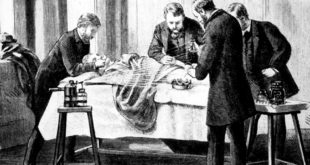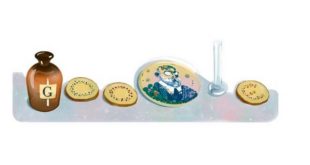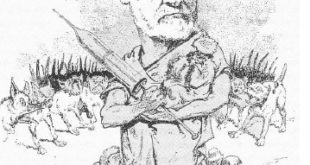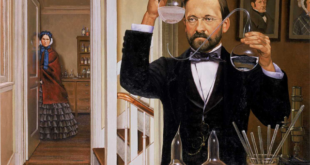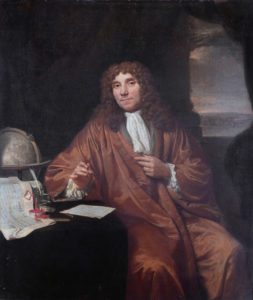
Micro-organsims were first discovered about 250 years ago. Antonie van Leeuwenhoek (1632-1723), a Dutch civil servant, learned how to make excellent lenses from which he also built some of the earliest microscopes. Leeuwenhoek used his microscope to look at lots of different things, including drops of water. When he looked at water drops magnified many times, he saw bacteria swimming among the many “little animals” under his lenses. Throughout the 1700s there was much speculation about the origin of microbes that also were found in decaying (putrefying) meat and meat products such as broth, as well as in fermenting fruit juices. The question was, “Do the microbes cause decay and fermentation, or are the microbes produced by decay and fermentation?” Does life come from life or is it produced spontaneously? If life produces life, what is the source of the parent material? Biologists were faced with the old question of which came first, the chicken or the egg? Answering the question through simple observation was difficult since bacteria and other microscopic organisms were too small to see unless using a microscope. But the issue of spontaneous generation became a major controversy for scientists during the 1700s.
For the full article and other information on Louis Pasteur, visit the Chemical Heritage Foundation website.
 Pasteur Brewing Louis Pasteur – Science, Health, and Brewing
Pasteur Brewing Louis Pasteur – Science, Health, and Brewing 